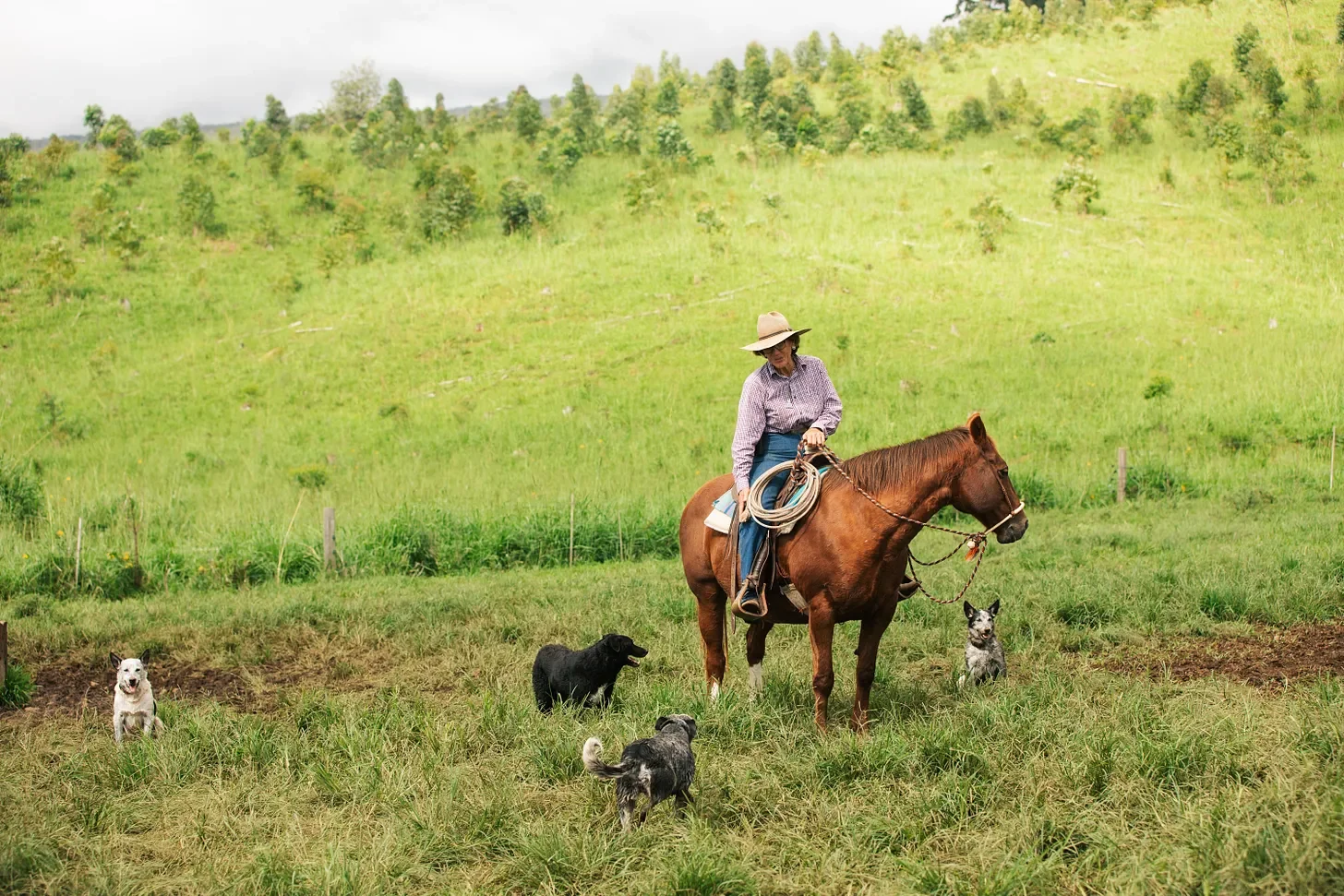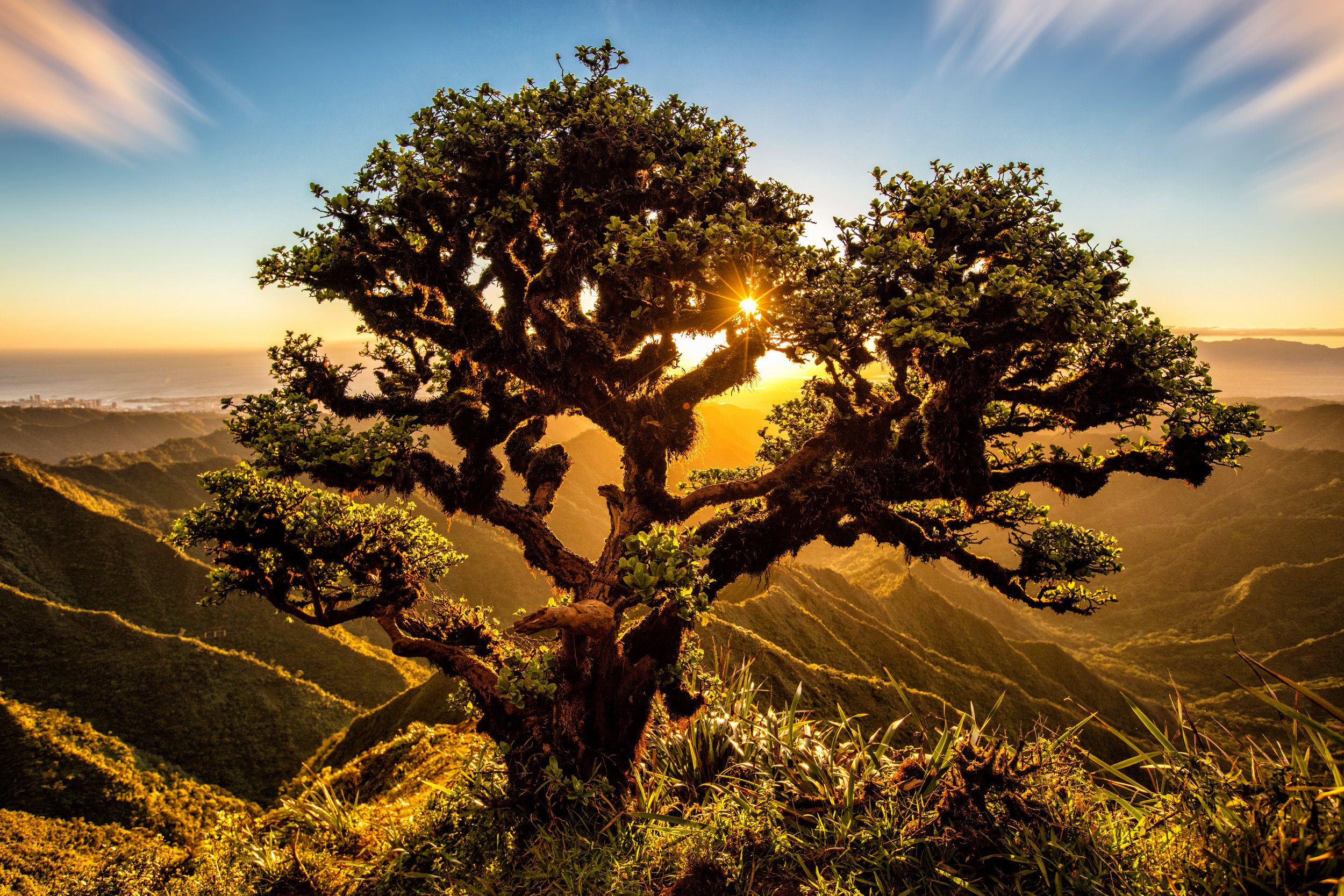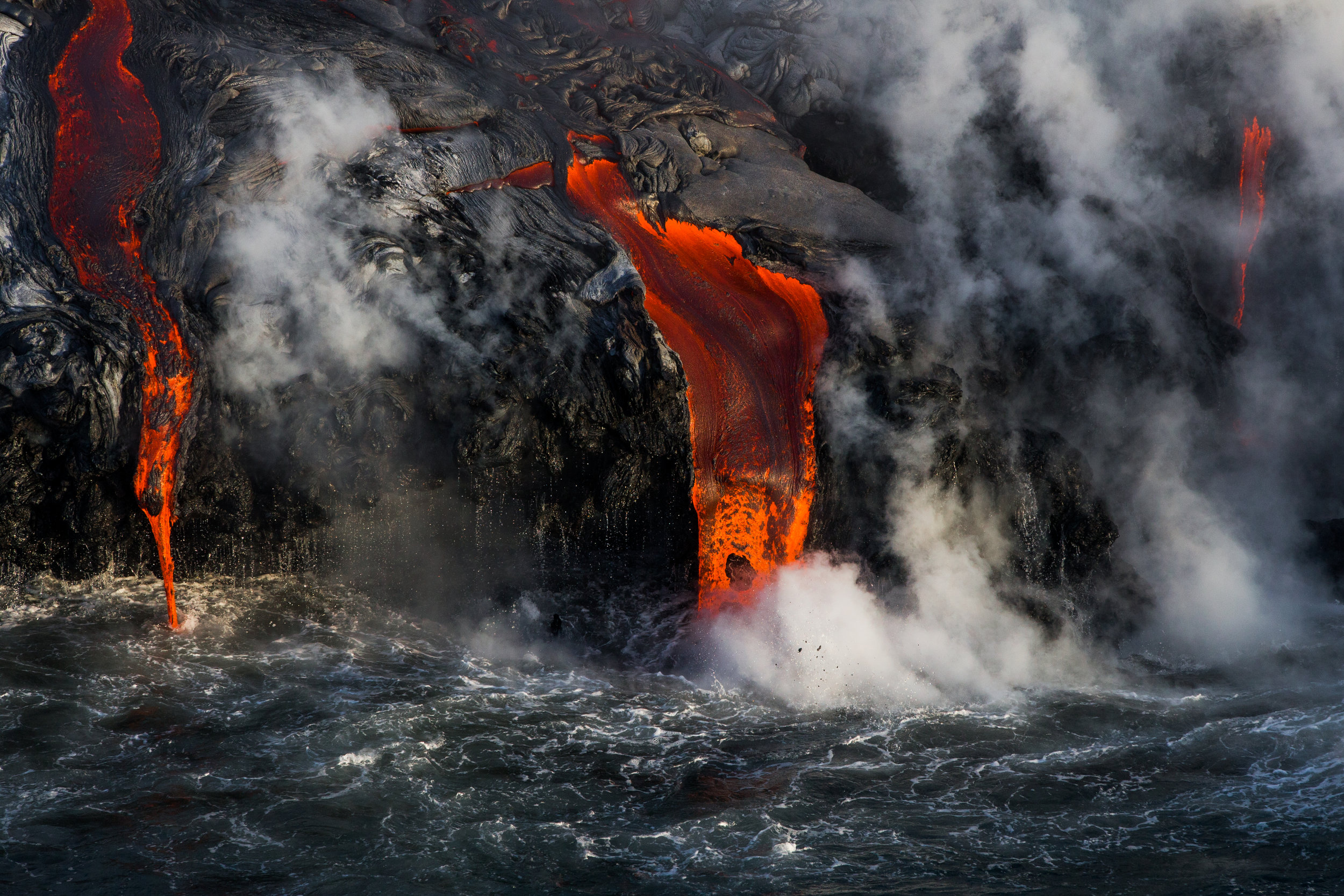Get new stories, essays, and updates delivered straight to your inbox.
Subscribe to my newsletter
Confessions Of A Peculiar Person
If everybody is neurodivergent these days, what's neuronormal?
Dead Babies and Climate Cowboys
Sticks and stones may break my bones, but name-calling just might kill us all.
Frankly my dear, I can’t give a damn.
In a world of doom and gloom, we need more stories about solutions.
Analog Living
Attention is our most valuable asset, and if we don’t take control of it, someone else will.
Breakfast with Pele
Lava and ocean mix and create beautiful, yet dangerous conditions in this rare phenomenon on the Big Island of Hawaii.
Fireworks from above
Capturing aerial photographs of fireworks across Oahu is more challenging than it looks...
Just keep dancing
Wanaka, New Zealand: a small outdoorsy town with heart for simple dance, good beer, and fresh powder.



















